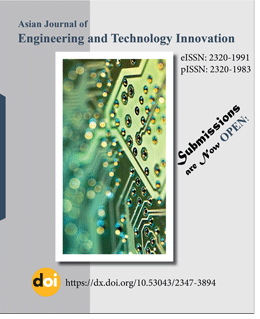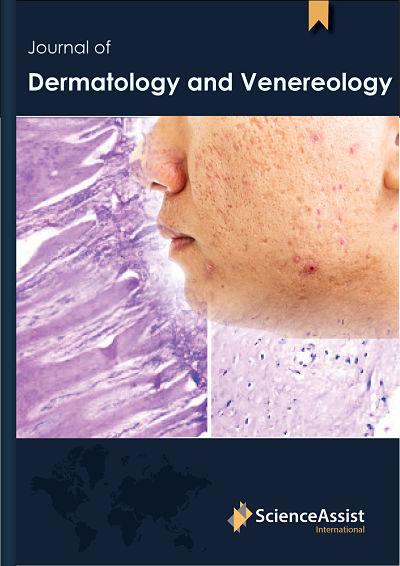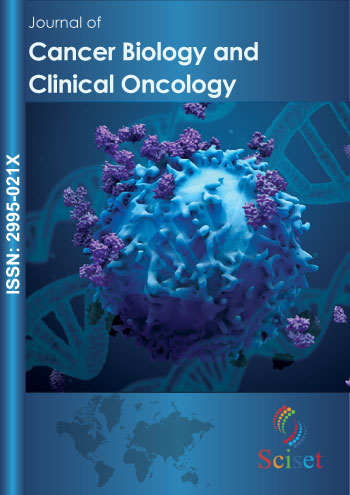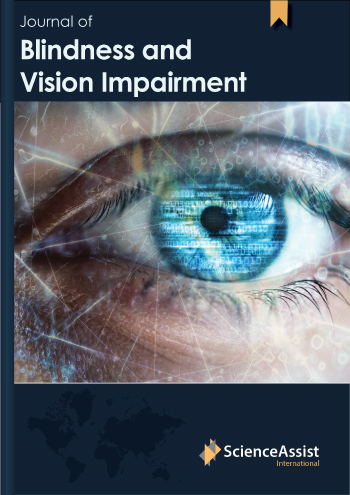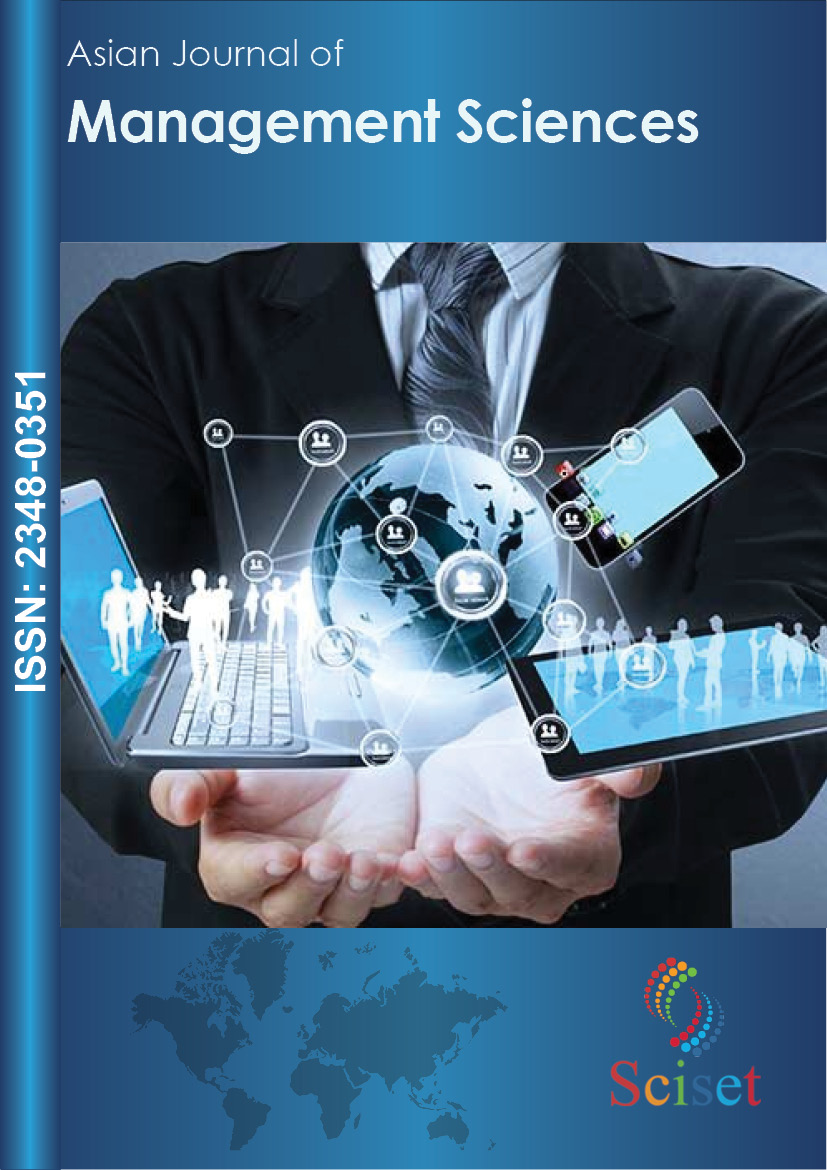- Open-Access Publishing
- Quality and Potential Expertise
- Flexible Online Submission
- Affordable Publication Charges
- Expertise Editorial Board Members
- 3 Week Fast-track Peer Review
- Global Visibility of Published Articles
Paper Submission Guidelines
Asian Journal of Engineering and Technology Innovation is an international multidisciplinary Quarterly Journal, which publishes original research article, short communications, invited reviews, Opinions & Perspectives and Book Reviews in all areas of Engineering, Technology and related research areas.
Authors are encouraged to read instructions carefully before submitting the manuscript. For submitting the manuscript authors are encouraged to use Submit Manuscript option that is available in the menu where they also can submit their manuscript. Submitted manuscripts are subject to peer review. Submitted articles will be typically peer reviewed and published within 10-15 days after acceptance. Prior to publication, the final version of the edited article will be sent to authors for approval. Authors must check for accuracy of all content at this time. Journal publishes Manuscript of following types:
Original research article:
Original Research article should include Title, Abstract, Methods and Materials, Results, Discussion, Conclusions, Acknowledgements and References. Manuscript should not be exceeding 15 typewritten pages including tables and figures.
Short communications:
Short communications presenting important new finding and cannot be elaborated as full research paper can be communicated whose average length is not more than 6 type-written pages (Approx- 2500 words), including abstract and title page.
Invited reviews:
Reviews on special topics of current interest in Engineering, Technology are welcomed. Length of review article should be same as that of original research article.
Opinions & Perspectives:
Opinions & perspectives on topics of current and future interest by renowned scientist, researchers are welcomed.
- Book Reviews :Books for review should be sent to the Editor
Preparation of Manuscripts:
General requirements:
All manuscripts are subjected to rapid peer review process and high quality (which are not published previously and are not under consideration for publication by another journal) will be published without delay. The online submission of the manuscript is highly recommended. A manuscript number will be mailed to the corresponding author within two days.
Cover Letter: During submission of the article, a cover letter should be included having Authors full address and telephone/fax number. (Download here)
Research Article should clearly describe new and carefully confirmed results and experimental procedure which should be given in required details for others to verify the work. The article can be up to 2500 words excluding references and abstract. For proper referring and fast publication all manuscript should be grammatically correct. Additional fee may be charged by the editor for
correction if the manuscript has extensive grammatical mistakes which would be intimated to the corresponding author before final acceptance.
The manuscript should be prepared in English using “MS Word” with 1cm margin on all sides (Top, Bottom, Left and Right side) of the page. “Times New Roman” font should be used. The font size should be of 12pt but main subheadings may be of 14pt. All plant and microorganism's scientific names should be written in italic. All research article should be typed double spaced and should have the following sections: Title page, Abstract, Key words, Introduction, Materials and methods, Results, Discussion, Conclusion, Acknowledgement (if any) and References.
Preparation of Manuscripts: Original Research Article
Original research article should be divided into the following sections:
- Title page
- Abstract
- Introduction,
- Methods
- Results
- Acknowledgement
- References
Title Page
The title page should have the following information:
- Article title. Concise titles are easier to read than long, convoluted ones. Titles that are too short may, however, lack important information, such as study design (which is particularly important in identifying randomized, controlled trials). Authors should include all information in the title that will make electronic retrieval of the article both sensitive and specific.
- Authors’ names and institutional affiliations. Some journals publish each author’s highest academic degree(s), while others do
3. The name of the department(s) and institution(s) to which the work should be attributed.
- Disclaimers, if
- Contact information for corresponding
The name, mailing address, telephone and fax numbers, and e-mail address of the author responsible for correspondence about the manuscript (the “corresponding author;” this author may or may not be the “guarantor” for the integrity of the study).
6. Source(s) of support in the form of grants, equipment, drugs, or all of these.
7. A running head.
- The number of figures and
- Conflict•of•Interest Notification
To prevent the information on potential conflicts of interest from being overlooked or misplaced, it needs to be part of the manuscript. However, it should also be included on a separate page or pages immediately following the title page.
10. Abstract
The abstract should follow the title page. It should provide the context or background for the study and should state the study’s purpose, basic procedures (selection of study subjects or laboratory animals, observational and analytical methods), main findings (giving specific effect sizes and their
statistical significance, if possible), and principal conclusions. It should emphasize new and important aspects of the study or observations. Articles on clinical trials should contain abstracts that include the items that the CONSORT group has identified as essential (www.consort- statement.org/1190).
11. Introduction
Provide a context or background for the study (that is, the nature of the problem and its significance). State the specific purpose or research objective of, or hypothesis tested by, the study or observation; the research objective is often more sharply focused when stated as a question. Both the main and secondary objectives should be clear, and any pre-specified subgroup analyses should be described.
Provide only directly pertinent references, and do not include data or conclusions from the work being reported.
12. Methods
The Methods section should include only information that was available at the time the plan or protocol for the study was being written; all information obtained during the study belongs in the Results section.
13. Selection and Description of Participants
Describe your selection of the observational or experimental participants (patients or laboratory animals, including controls) clearly, including eligibility and exclusion criteria and a description of the source population. The guiding principle should be of clarity about how and why a study was done in a particular way.
14. Technical Information
Identify the methods, apparatus (give the manufacturer’s name and address in parentheses), and procedures in sufficient detail to allow others to reproduce the results. Give references to established methods, including statistical methods (see below); provide references and brief descriptions for methods that have been published but are not well-known; describe new or substantially modified methods, give the reasons for using them, and evaluate their limitations. Identify precisely all drugs and chemicals used, including generic name(s), dose(s), and route(s) of administration. Authors submitting review manuscripts should include a section describing the methods used for locating, selecting, extracting, and synthesizing data. These methods should also be summarized in the abstract.
15. Statistics
Describe statistical methods with enough detail to enable a knowledgeable reader with access to the original data to verify the reported results. When possible, quantify findings and present them with appropriate indicators of measurement error or uncertainty (such as confidence intervals). Avoid relying solely on statistical hypothesis testing, such as P values, which fail to convey important information about effect size. References for the design of the study and statistical methods should be to standard works when possible (with pages stated). Define statistical terms, abbreviations, and most symbols. Specify the computer software used.
16. Results
Present your results in logical sequence in the text, tables, and illustrations, giving the main or most important findings first. Do not repeat all the data in the tables or illustrations in the text; emphasize or summarize only the most important observations. Extra or supplementary materials and technical detail can be placed in an appendix where they will be accessible but will not interrupt the flow of the text, or they can be published solely in the electronic version of the journal.
When data are summarized in the Results section, give numeric results not only as derivatives (for example, percentages) but also as the absolute numbers from which the derivatives were calculated, and specify the statistical methods used to analyze them. Restrict tables and figures to those needed to explain the argument of the paper and to assess supporting data.
17. Discussion
Emphasize the new and important aspects of the study and the conclusions that follow from them. Do not repeat in detail data or other information given in the Introduction or the Results section. For experimental studies, it is useful to begin the discussion by summarizing briefly the main findings, then explore possible mechanisms or explanations for these findings, compare and contrast the results with other relevant studies, state the limitations of the study, and explore the implications of the findings for future research and for clinical practice. Link the conclusions with the goals of the study but avoid unqualified statements and conclusions not adequately supported by the data. In particular, avoid making statements on economic benefits and costs unless the manuscript includes the appropriate economic data and analyses.
General Considerations Related to References
Small numbers of references to key original papers often serve as well as more exhaustive lists, particularly since references can now be added to the electronic version of published papers, and since electronic literature searching allows readers to retrieve published literature efficiently.
Information from manuscripts submitted but not accepted should be cited in the text as “unpublished observations” with written permission from the source.
Avoid citing a “personal communication” unless it provides essential information not available from a public source, in which case the name of the person and date of communication should be cited in parentheses in the text.
Reference Style and Format
Authors should consult NLM’s Citing Medicine for information on its recommended formats for a variety of reference types. References should be numbered consecutively in the order in which they are first mentioned in the text.
Identify references in text, tables, and legends by Arabic numerals in parentheses. References cited only in tables or figure legends should be numbered in accordance with the sequence established by the first identification in the text of the particular table orfigure.
The titles of journals should be abbreviated according to the style used in the list of Journals Indexed for MEDLINE, posted by the NLM on the Library’s Web site.
For quick review of style authors can use following referencing format
- Davidoff F, for the CSE Task Force on Authorship. Who’s the author? Problems with biomedical authorship and some possible Science Editor. 2000; 23:111-9.
- Yank V, Rennie D. Disclosure of researcher contributions: a study of original research articles in The Ann Intern Med. 1999;130:661-70.
- Flanagin A, Fontanarosa PB, DeAngelis CD. Authorship for research groups. JAMA. 2002;288:3166-8.
- Godlee F, Jefferson Peer Review in Health Sciences. London: BMJ Books; 1999.
- World Medical Association Declaration of Helsinki. Ethical principles for medical research involving human JAMA. 2000;284:3043-5.
- Pitkin RM, Branagan MA, Burmeister LF. Accuracy of data in abstracts of published research articles. JAMA. 1999;281:1110-1.
Supplementary material
Tables
Tables capture information concisely and display it efficiently; they also provide information at any desired level of detail and precision. Type each table with double spacing on a separate sheet of paper.
Number tables consecutively in the order of their first citation in the text and supply a brief title for each. Give each column a short or an abbreviated heading. Authors should place explanatory matter in footnotes, not in the heading. Explain all nonstandard abbreviations in footnotes, and use the following symbols, in sequence: *, †, ‡, •, ||, ‣, **, ††, ‡‡
Identify statistical measures of variations, such as standard deviation and standard error of the mean. Be sure that each table is cited in the text.
Units of Measurement
Measurements of length, height, weight, and volume should be reported in metric units (meter, kilogram, or liter) or their decimal multiples. Temperatures should be in degrees Celsius. Blood pressures should be in millimeters of mercury, unless other units are specifically required by the journal.
Abbreviations and Symbols
Use only standard abbreviations; use of nonstandard abbreviations can be confusing to readers. Avoid abbreviations in the title of the manuscript. The spelled-out abbreviation followed by the abbreviation in parenthesis should be used on first mention unless the abbreviation is a standard unit of measurement.
Other types of articles, such as case reports, reviews, and editorials, probably need to be formatted differently.
Galley Proofs:
Electronic proofs will be sent (e-mail attachment) to the corresponding author as a PDF file. Page proofs are considered to be the final version of the manuscript. With the exception of typographical or minor clerical errors, no changes will be made in the manuscript at the proof stage. Authors will have free electronic access to the full text (in both HTML and PDF) of the article.
Authors can freely download the PDF file from which they can print unlimited copies of their articles.
Transfer of Copyright Agreement:
Submission of a manuscript implies: that the work described has not been published before (except in the form of an abstract or as part of a published lecture, or thesis) that it is not under consideration for publication elsewhere; that if and when the manuscript is accepted for publication, the authors agree to automatic transfer of the copyright to the publisher.
All accepted manuscript must be accompanied by a signed copyright form to progress through to the final stages of production.
Fees and Charges: For the articles which authors submit for publication in AJETI would not be charged any publication fees. However, authors only upon acceptance of their manuscript are required to pay the processing, handling & evaluation and peer reviewing fee as mentioned in the publication charges. Payment details and mode of payment will be communicated to the authors by Editorial Coordinator of the journal as an acceptance letter by email. Publication of an article is not contingent upon the author’s ability to pay the charges. Neither is acceptance to pay the handling fee a guarantee that the paper will be accepted for publication. Authors may still request (in advance) that the editorial office waive some of the handling fee under special circumstances.

